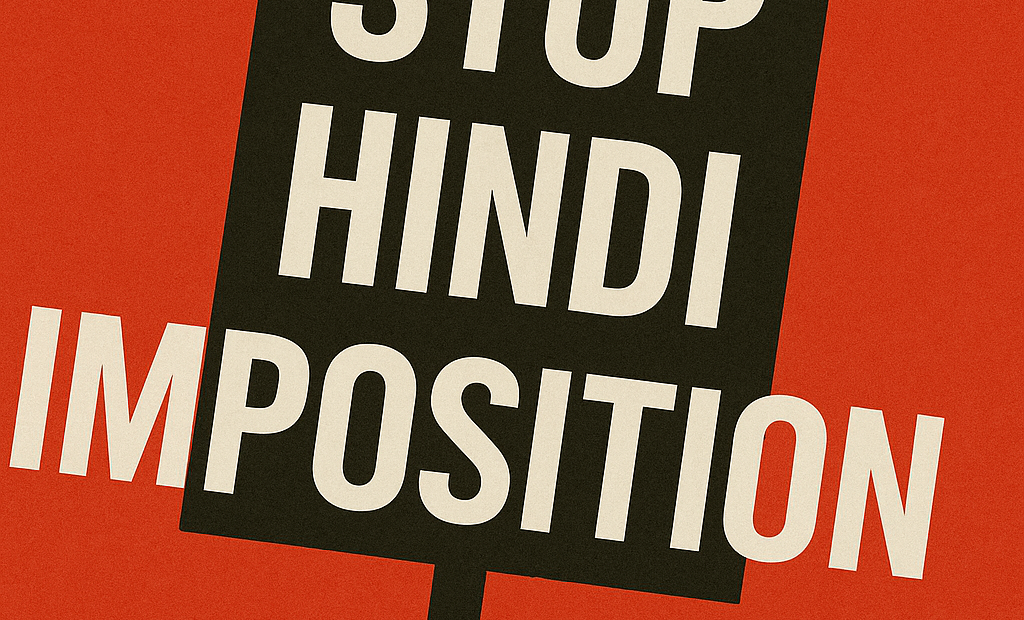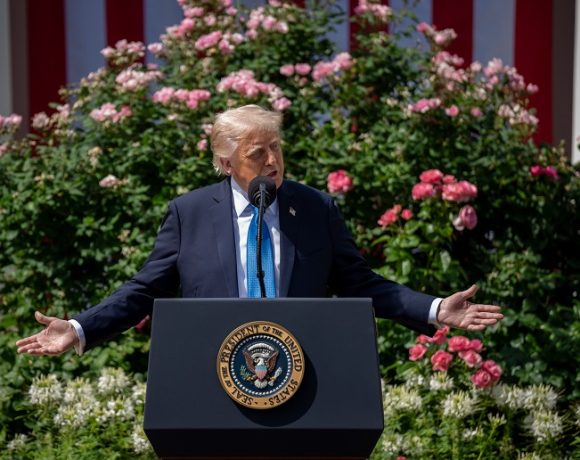
Speaking Hindi Won’t Pay the Rent: India’s Language Wars Have No Economic Logic
The language protests currently raging in Maharashtra, Karnataka, and Tamil Nadu have been framed as spontaneous outbursts of regional pride. But scratch the surface, and you find a deeper, more cynical game afoot—one that has very little to do with economic progress and everything to do with political calculus.
Let’s start with the basics. India’s economy is not held together by a single language. It is, and has always been, multilingual by design. The southern states contribute disproportionately to India’s GDP: Tamil Nadu, Karnataka, Telangana, and Maharashtra alone account for nearly 35% of national output. Their workforces are local, skilled, and multilingual. Forcing Hindi into school curricula and signage boards doesn’t improve productivity or bring economic clarity. It disrupts finely balanced linguistic ecosystems that have evolved to match local governance, commerce, and culture.
But the push for Hindi is not an economic agenda. It’s a political one.
The National Education Policy (NEP) 2020 is the BJP government’s chosen instrument of soft cultural centralization. By reintroducing the three-language formula and making Hindi more prevalent from primary school onward, the Centre is not improving literacy or employability—it is creating conditions for ideological homogenization. Hindi becomes the moral litmus test for ‘national unity,’ and those resisting it are conveniently painted as anti-national or elitist.
Politically, it plays beautifully in the Hindi heartland. In Uttar Pradesh, Bihar, Rajasthan, and Madhya Pradesh, Hindi is the default language of administration and street-level communication. By framing southern and western resistance as arrogance or separatism, the BJP strengthens its grip on northern voters who see Hindi imposition as cultural validation. It’s the old populist trick: manufacture a cultural threat, offer linguistic nationalism as the cure, and win elections on outrage.
And here’s the real kicker: the Hindi push makes life easier for the Centre’s most mobile voter base —migrant labor from Bihar, UP, and Jharkhand. These workers are the backbone of construction, logistics, and low-end service economies in South Indian cities. By nudging state systems to embrace Hindi, the BJP essentially tells these workers: You belong here too. This is your India.
It’s a subtle demographic realignment. The southern states may be economically stronger, but they have complex language politics and often pride themselves on regional autonomy. By encouraging linguistic leveling, the Centre makes it easier for Hindi-speaking migrants to assimilate without integrating. Schools begin teaching in Hindi. Signboards become bilingual. Local governance adapts under pressure. And just like that, a silent cultural annexation unfolds.
Of course, this doesn’t boost GDP. Tamil Nadu’s thriving auto manufacturing sector doesn’t need Hindi. Karnataka’s software exports aren’t going to rise because of a three-language formula. Maharashtra’s industry leaders aren’t clamoring for more Hindi signage. But the BJP isn’t playing an economic game. It’s playing a long-term cultural one, with votes in the North and silence in the South as its twin pillars.
The tragedy is that while the economy stalls, jobs shrink, and inflation bites, the government is busy debating the language of a child’s third standard textbook. Speaking Hindi won’t pay the rent—but it might win the next election. And for the Centre, that’s the only calculation that matters.


















